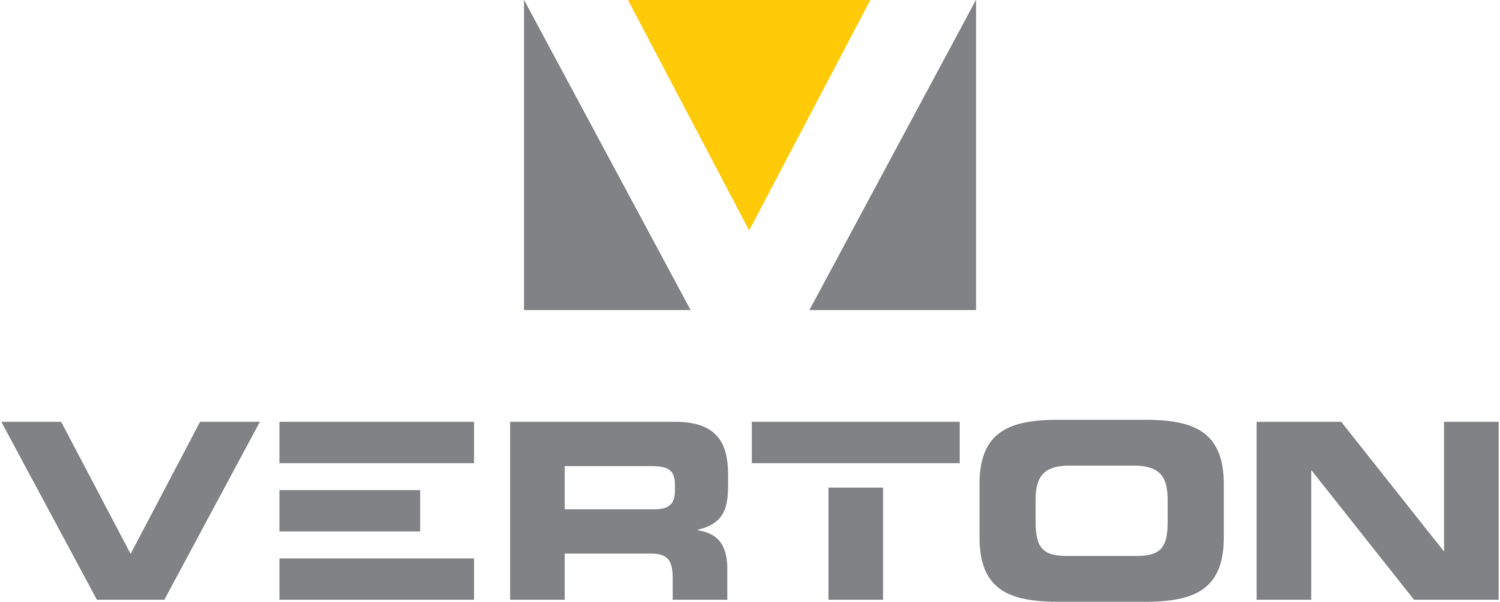It’s about eliminating interference…
That’s the hard truth on improving safety and efficiency.
Pushback to embracing new technology can be said in several ways…
“We have always done it this way, there’s no reason to change it now.”
“The crew won’t be happy to change.”
“We don’t have time to learn something new.”
“Our site space is limited so anything more isn’t possible.”
The pushback above is simply interference – to change how a workflow is done.
Here’s the hard truth – if the use of technology couldn’t improve operations – no one would have spent the time or money inventing a solution.
The pressure to deliver projects faster and for less is nothing new.
There has been a lot of blame placed on the pandemic, but for many, it has reminded us of what hasn’t been working for a very long time.
We could go on a major history lesson of all the inventions that have improved safety and productivity but let’s note just two (call us if you want more).
Ransom E. Olds
Ransom E Olds (above) wouldn’t have invented the Assembly Line if he didn’t believe there was a way to make cars faster.
Did you think it was Henry Ford? Mr. Ford often gets the credit, but he improved it by adding a conveyor belt. Continuous improvement…we will get to that another time.
Lockout Tagout (LOTO) controls wouldn’t have been introduced if just telling people not to use equipment/machines was sufficient. There was a safer way by putting physical barriers to their use.
What these two (and more when you think about it) removed from the workflow is… interference.
The immediate improvement was reducing the interaction people had in the process but neither showed people were no longer needed. Human interference can be caused by being distracted, overcorrection, an honest mistake, lack of communication or miscommunication, etc these can slow down production, lead to damage or loss to assets, and add risk to a process with potential injuries and even fatalities.
We also have the responsibility to keep people safe at work – if it wasn’t a fundamental belief in doing business then Workplace Health and Safety wouldn’t exist.
Non-human interferences such as weather, busy worksites, working around structures, at heights, or even below ground also cause interferences with a workflow. Equipment can also play a part in unexpected breakdowns and routine maintenance.
Each of the examples above whether human or non-human can lead to a trickle-down effect of impacts on a project leading to bigger delays, costs, inefficiencies, etc.
Technology has and continues to provide solutions that eliminate or reduce the interference with workflows. For heavy lifting, Verton has done this using gyroscopic technology to orientate and control loads, eliminating the need for taglines that require people to touch, push, and pull on suspended loads.
If your business’ objective is to improve operations – look at the interferences causing waste.
If a load is touched, your hands-free policy aims to reduce this interference or eliminate it. If you work in complex environments but want to reduce the potential for a load to impact existing structures you will need to eliminate the risk of it happening. What else needs to be reduced?
At Verton, improving efficiency, productivity, and safety in lifting operations is the basis of what we do every day. Our remote-controlled load orientation systems keep people safe from loads and eliminate many everyday interferences with the load, making your lifting operations faster and safer. Our integration of smart technology also provides data for monitoring operations and identifying opportunities for improvement.
Speak to our team about how Verton's load orientation equipment can eliminate interferences with your workflow with the introduction of our technology verton.com.au/connect


